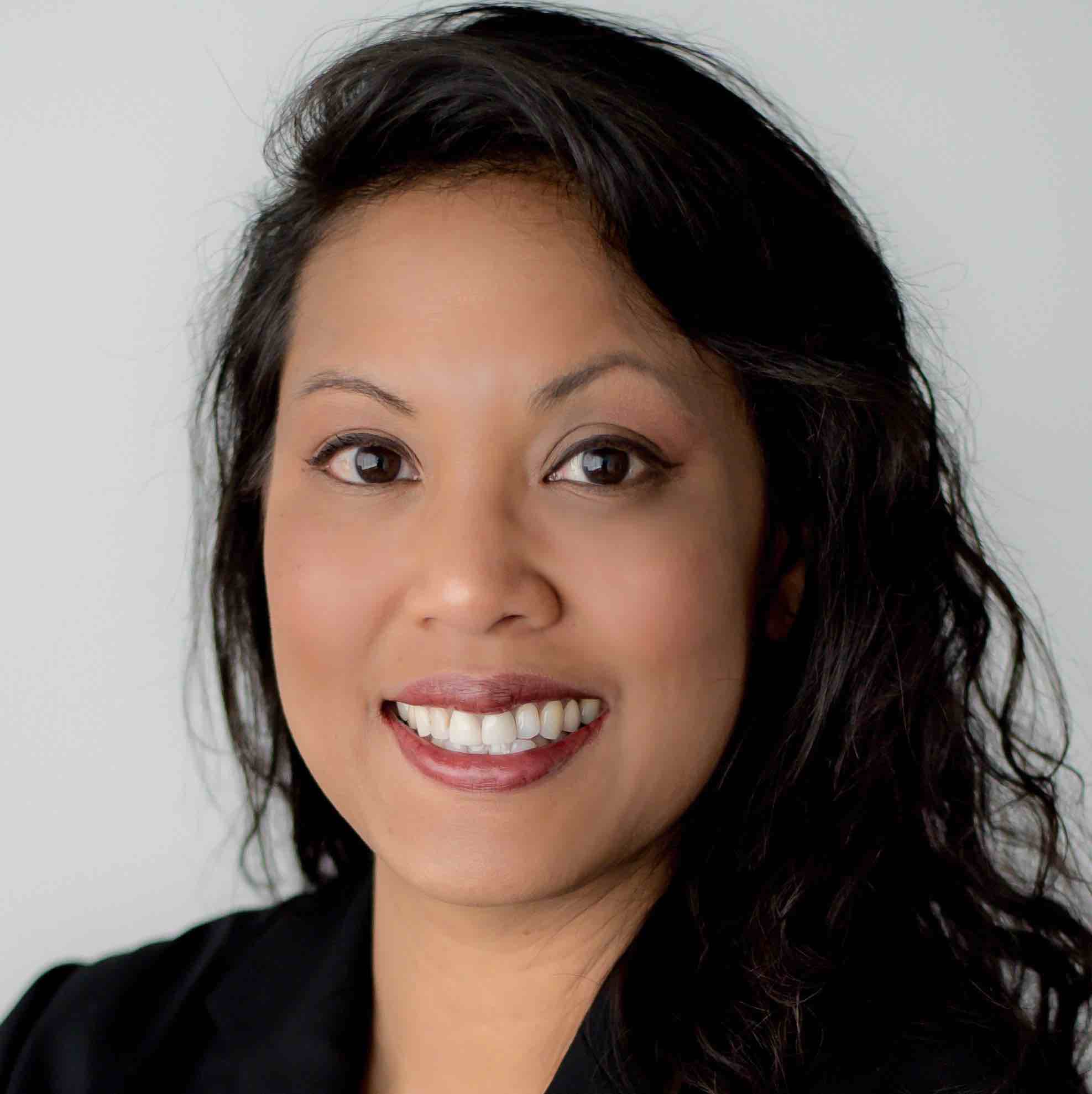3 minutes
How well do you know the multicultural spaces in your community?
This is reprinted with permission from the Coopera newsletter.
Some of my favorite conversations have been with Uber drivers, many of whom are immigrants who share their stories of what it’s like to make a life in the U.S., given the cultural and linguistic hurdles they often face when they first arrive.
Last year, I struck up a conversation with a driver from Iraq, who came to this country over 15 years ago with his wife and two sons. He was a businessman back home, but when he settled in the Pacific Northwest, he needed work right away. The local food packaging plant was a place where many new immigrants and refugees were employed, where individuals from Afghanistan, Burma, Guatemala, Rwanda and other countries could immediately find work.
I asked my driver, “If you don’t mind me asking, what did you think about the banking system when you first arrived in the U.S.?” He proceeded to tell me the story of how he briefly had an account with a recognized national bank when he first arrived. But after receiving his first statement, he was shocked by the exorbitant fees he was being charged monthly, as well as the lack of quality service he felt he was getting from the staff.
After complaining about this situation at work one day, one of his co-workers, a refugee from Sudan, explained that joining a credit union was a better option. He directed his Iraqi colleague to a local credit union that didn’t charge as high of monthly fees and provided great customer service. My Uber driver then shared how he immediately took his Sudanese co-worker’s advice, and his entire family has been loyal credit union members ever since.
What Does It Mean to Have a Multicultural Strategy?
When it comes to serving a diverse field of membership, credit unions should know that it doesn’t necessarily mean creating strategies that target one particular culture at a time. A multicultural strategy doesn’t necessarily mean hiring a staff member who will connect you with a specific ethnic community. Sometimes, an effective multicultural strategy means just identifying the locations in your community that have a diverse group of consumers who can benefit from a credit union’s services.
My Uber driver, an Iraqi who dreamed about saving up for his kids’ college education, learned about credit unions through his Sudanese co-worker. In many communities across the country, there are neighborhoods, places of worship, school districts, factories and other places of employment in which multicultural populations share advice and recommendations with one another, despite their linguistic and cultural differences.
How well do you know the multicultural spaces in your field of membership? Do you know the factories, service industries, churches and mosques where immigrants from all walks of life gather and share recommendations with one another?
You can start by partnering with trusted community organizations that serve these demographics, or by reaching out to the human resource departments of employers that hire diverse workers. Coopera Consulting provides data analytics on areas that can identify the diverse demographics that reside within a given field of membership. These steps can lead to both multicultural member growth and improved financial well-being for all.
Jennifer Esperanza, Ph.D., is senior director of organizational culture and strategy with Coopera Consulting, Des Moines, Iowa.






